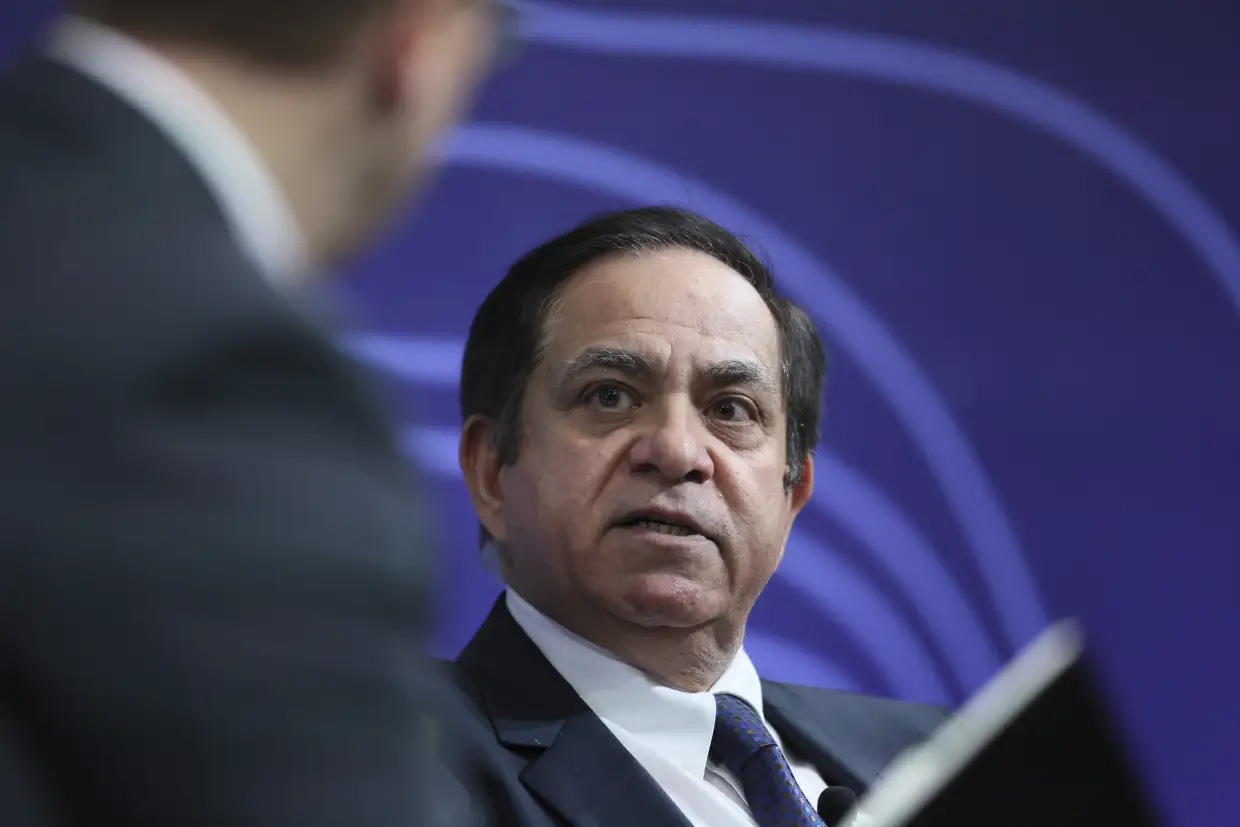Hancock exec says Cook’s California dream may mean higher emissions
The head of projects at Hancock Prospecting says a plan to make Western Australia the "California of Australia" was riddled with regulatory shortcomings that will hold back the transition to green steel. Sanjiv Manchanda, one of the most senior executives inside Gina Rinehart’s private mining group, said WA Premier Roger Cook’s magnetite gamble was attractive to Hancock but needed fiscal and legislative support to be realised.


Article by Vesna Poljak, courtesy of The Australian Financial Review
The head of projects at Hancock Prospecting says a plan to make Western Australia the “California of Australia” was riddled with regulatory shortcomings that will hold back the transition to green steel.
Sanjiv Manchanda, one of the most senior executives inside Gina Rinehart’s private mining group, said WA Premier Roger Cook’s magnetite gamble was attractive to Hancock but needed fiscal and legislative support to be realised.
Magnetite is particularly suitable to green steelmaking because in its natural form it contains a higher concentration of iron than the iron ore for which the Pilbara is best known. However, magnetite projects require energy-intensive processing. While some producers are desperate for renewable power to replace fossil fuels they rely on, Mr Manchanda said emissions may just have to go up to create green steel elsewhere.
“Hancock has got access to the best magnetite resource in Australia,” Mr Manchanda told The Australian Financial Review Mining Summit.
“Us having the deposits and having done the study is me getting an Uber and getting to the airport. I still have to clear customs, I still have to clear security and I still have to take a 20-hour flight before I can reach California.
“In other words, there’s a lot more change that needs to be done to enable magnetite, and we don’t have cheap power.”
He also reserved criticism for the safeguard mechanism, the flagship carbon emissions reduction policy of the Albanese government, which Hancock believes adds further regulatory burdens that detract from bold projects.
“If we want to reduce CO2 emissions elsewhere in the world we may have to accept that they will end up in Australia at the expense of being reduced. And magnetite does exactly that. If you use magnetite for steel production, there are papers out there which say that you actually reduce CO2 emissions by 15 per cent per tonne of steel produced.”
Fortescue’s Iron Bridge magnetite project, for example, will rely on a 220-kilometre transmission line built to connect it to the gas-fired plant at the Andrew Forrest-backed company’s Solomon mining hub.
Fortescue has set a 2030 target for decarbonisation.
Hancock’s interest lies in Ridley, which could eventually produce 16.5 million tonnes of magnetite a year.
Mr Manchanda used his appearance at the Summit to advocate for a thriving resources sector that underwrites tax receipts and jobs. “But as an industry we are facing the reality of little light at the end of the government approvals tunnel, which prevents us getting these new projects built,” he said.
“There has been a mismatch in the last few years where commodity prices have been very high, but investment has not increased. Usually, the response to higher commodity prices is for businesses to invest and bring on more supply.
“We have seen that relationship severed due to the large and growing burden of government regulation, and complicated slow approval processes, and the uncertainty caused by knee-jerk interventions such as that in the east coast gas market in 2022-23.”
